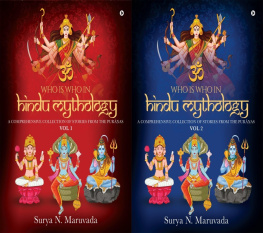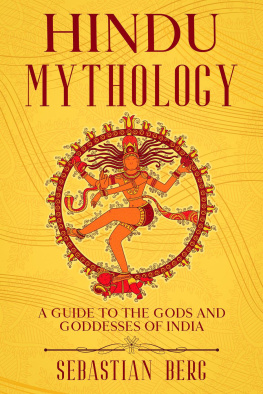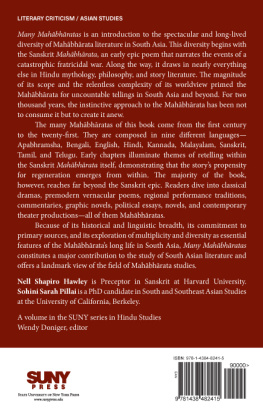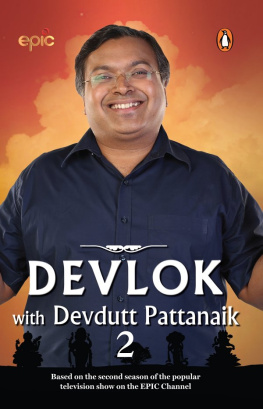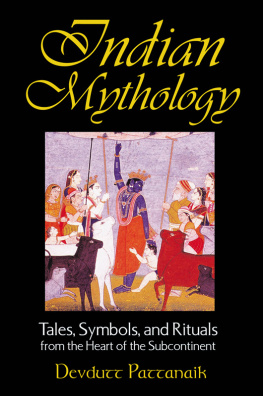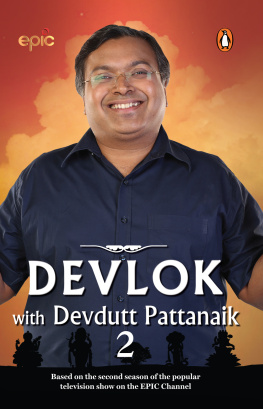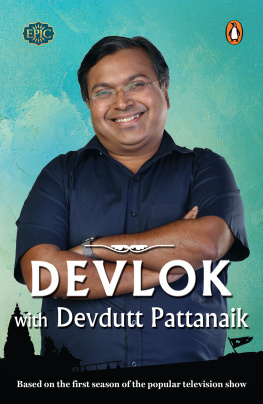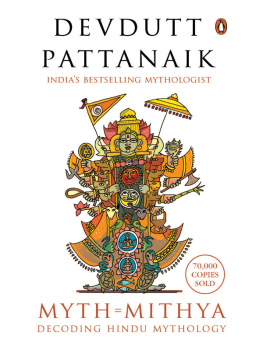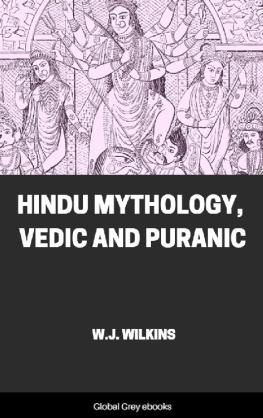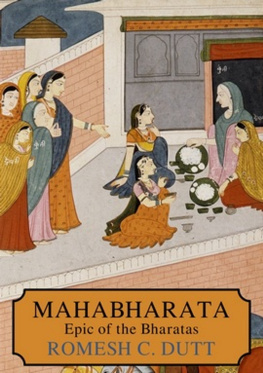

Notion Press
Old No. 38, New No. 6
McNichols Road, Chetpet
Chennai - 600 031
First Published by Notion Press 2020
Copyright Surya N. Maruvada 2020
All Rights Reserved.
eISBN 978-1-64805-684-0
This book has been published with all efforts taken to make the material error-free after the consent of the author. However, the author and the publisher do not assume and hereby disclaim any liability to any party for any loss, damage, or disruption caused by errors or omissions, whether such errors or omissions result from negligence, accident, or any other cause.
While every effort has been made to avoid any mistake or omission, this publication is being sold on the condition and understanding that neither the author nor the publishers or printers would be liable in any manner to any person by reason of any mistake or omission in this publication or for any action taken or omitted to be taken or advice rendered or accepted on the basis of this work. For any defect in printing or binding the publishers will be liable only to replace the defective copy by another copy of this work then available.
Dedication
This book was written primarily for and dedicated to generations of the Hindu Diaspora hoping that reading it will stimulate their interest in their heritage
Table of Contents

Acknowledgments

The Author acknowledges the loving support and encouragement of the North American wing of the family with special thanks to Subha, Sridhar, Venkata Rao, Prasad, Rajeswara Rao and Prabha Maruvada for their help and input throughout the preparation of this book.
Foreword

Santana Dharma (popularly known as the Hindu philosophy) has a rich repertoire of sacred texts which have been transmitted from generation to generation by oral tradition. The corpus comprises ruis , Smis , Purs and Itihsas . While the ruis are the original fonts of revealed wisdom, the other three are highly interlinkedor hyperlinked with allusions to concepts, definitions and events from others providing the context. Quite often, in order to understand the concepts and contexts of the events described in one or the other of them, it is necessary to follow the hyperlinks to other sources including the ruis .
The rendition of the Vds requires not only rigid conformity to the texts but specified musical intonation of the hymns. It is for this reason that they survive till date in their original form without any variation. On the other hand the Itihsas literally recorded happeningsand celebrated in popular culture in prose and poetry; songs and ballads have been subjected to many improvisations and interpolations to suit various modes and literary forms. The improvisations and interpolations reflect the creative genius of their writers and the changing cultural mores of the epochs in which they were written. They also underscore the tolerance of freedom of expression that Santana Dharma accorded its practitioners. There are two original narratives of the Itihsa , Rmyaa , the one written by Sage Vlmiki and the dhytma Rmyaa written by Sage Vda Vysa . Additionally there are about three hundred versions of the great Itihsa written in many Indian languages, in each of which their composers may be said to have exercised poetic licence. The Itihsa , Mahbhrata has been told and retold in many Indian languages. Similarly the commentaries and translations of the Purs into Indian languages vary in their details. In the resultant melee the ordinary student is lost, being unable to understand whether a narrative is from the original source or an interpolation.
It is in this context the present Encyclopaedia assumes significance. The author Surya N. Maruvada used the Telugu translations of the Purs as the basis to write it. His intimate knowledge of Sasktam and the original texts stands him in good stead in nuancing the commentary. One hopes that the Encyclopaedia will be useful not only for the worldwide Indian diaspora to obtain gleanings from their spiritual heritage but other scholars desirous of understanding the rich spiritual and philosophical underpinnings of Santana Dharma .
Narayanadas Upadhyayula
Introduction

The purpose of this book is to make available all the stories and personalities in the Hindu Purs in a compact package to those with an interest but no access to the Purs in the original Sanskrit or in Telugu translations. Also, even if one had access to the original books, there are so many that finding all the stories about, say, Lord iva would require reading parts of almost a dozen Puras. Video series on the Purs had become available in recent decades of such classics as the Rmyaa, Mah Bhrata, Om Namah ivya etc. By the nature of television series, much material that was not in the original Purs was added to increase the number of episodes and to create greater interest. Having read the major ones in Sanskrit or in translations by great Telugu poets in my student days, I was aware of the inflation of the content. Sometimes though, it was not obvious whether a particular sub-story was original or a creative addition for TV. As it happened, I had a Telugu book titled Prva Gth Lahari by Mr. Vemuri Srinivasa Rao (1952) which contained reasonably detailed stories about almost every character in the Purs and stories about a specific place of pilgrimage or a temple, as well as a selection of Upanishads. I would look up a story in this book and tell my wife and children whether the story was in the original or was a TV writers addition. My daughter, whom we brought to the US when she was about 2 years old, was very interested in the stories but never learned to read our mother tongue. She planted the idea in my head that an English book with the same content as Prva Gth Lahari would be useful, not only for Indians growing up outside India but even many in India who for various reasons including lack of time, could not read these masterpieces in Sanskrit or their mother tongue.
Looking around in 2011, I found a monumental work of over 900 large size pages, appropriately titled Puric Encyclopedia by Mr. Vettam Mani, primarily intended for use as a Reference work by scholars. After writing to the publisher of Prva Gth Lahari and not receiving a response, I decided to write the present book, not as a word-for-word translation but as a rendering into contemporary idiomatic English. The Puras, especially translations into other Indian languages, vary in the details. For this work, the stories as they appear in the Telugu versions are used.
Sanskrit and Telugu, similar to most other major Indian languages, are phonetic, meaning each character whether a single letter or a combination of letters, is a syllable. Also, there are many sounds in these two languages that are not available in English. I have listed in the Table of Alphabet Comparison below the 52 letters of the Telugu alphabet and 48 letters in Sanskrit. There are a handful of letters in both languages that have not been in usage for some time that I chose not to include. During the last three or four centuries, scholars writing Sanskrit names in English have adopted Diacritical Marks found under Latin Extended fonts (such as and ) to represent some sounds not used in English. In the present work, the Diacritical marks are used as shown in the Table.

